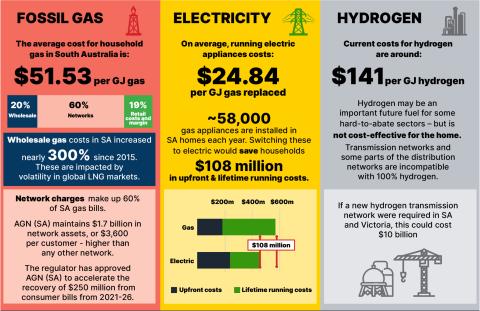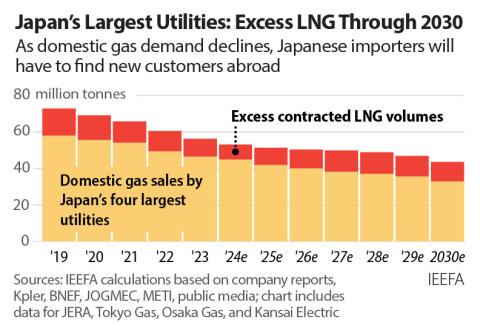IEEFA U.S.: Investors in gas-fired projects in largest regional power system face substantial risks
October 5, 2020 (IEEFA) — The landscape for developers of natural gas-fired power plants in the nation’s largest regional power system has shifted dramatically over the last decade, according to a joint study by the Applied Economics Clinic and the Institute for Energy Economics and Financial Analysis.
The Pennsylvania-New Jersey-Maryland (PJM) system coordinates the flow of power to more than 65 million electric customers in 13 states and the District of Columbia. While the PJM electric system is indispensable to the region’s economy, its reliance on gas poses substantial risks for customers and investors, underscored by problems at 11 proposed gas-fired combined cycle power plants.
“This is clearly a case of buyer (or financer) beware: The headwinds facing new PJM gas plants are growing stronger and stronger,” said Bryndis Woods, a report co-author and researcher at the Applied Economics Clinic.
The future of these 11 projects (in New Jersey, Ohio, Pennsylvania and West Virginia) plus any new proposals in PJM will be determined by a number of factors, including:
- The ISO’s massive oversupply. Since 2002, peak demand for electricity has grown by 1 percent. PJM’s total generating capacity, meanwhile, has grown by 173 percent. The disparity means customers are paying for new generating capacity that is unnecessary.
- High-risk global events, such as the coronavirus pandemic and extreme weather disruptions. Heat waves, late-season hurricanes and unprecedented flooding are expected to accelerate. The International Energy Agency (IEA) predicts the coronavirus pandemic will reduce global energy demand this year by 6 percent, the largest-ever drop in absolute terms.
- Exposure to unpredictable gas prices. As the U.S. market becomes more closely tied to international events due to rising exports of liquefied natural gas (LNG), long-term predictions will become more difficult for project developers.
- Clean energy or climate-related legislation among states in PJM’s territory. Measures may either limit future development or call for phasing out fossil fuel-fired power plants.
- Cost overruns caused by construction delays, regulations or public opposition.
- The significant cost reductions in renewable energy resources and battery storage in the past decade. The lower prices are a serious risk to gas project developers, and the threats are magnified by the rising interest in the business community for clean energy.
“Individually, each of these risks could perhaps be factored into a project’s financing,” said Dennis Wamsted, an IEEFA analyst and report co-author. “Taken together, they pose virtually insurmountable hurdles for new gas-fired projects in the region.”
Liz Stanton, a report co-author and director/senior economist at the Applied Economics Clinic agreed: “Investments made today in U.S. natural gas-fired power plants are at risk due to rapidly changing market conditions that increase the likelihood of these assets becoming stranded before the end of their useful life.”
Full report: Risks Outweigh Rewards for Investors Considering PJM Natural Gas Projects
Author Contacts
Dennis Wamsted ([email protected]) is an IEEFA energy analyst.
Bryndis Woods, PhD ([email protected]) is a researcher at the Applied Economics Clinic.
Elizabeth A. Stanton, PhD ([email protected]) is director and senior economist at the Applied Economics Clinic.
Media Contact
Vivienne Heston ([email protected]), +1 (914) 439-8921
About IEEFA
The Institute for Energy Economics and Financial Analysis (IEEFA) examines issues related to energy markets, trends and policies. The Institute’s mission is to accelerate the transition to a diverse, sustainable and profitable energy economy.
About AEC
The Applied Economics Clinic provides expert testimony, analysis, modeling, policy briefs, and reports for public interest groups on the topics of energy, environment, consumer protection, and equity, while providing on-the-job training to a new generation of technical experts. https://aeclinic.org/












